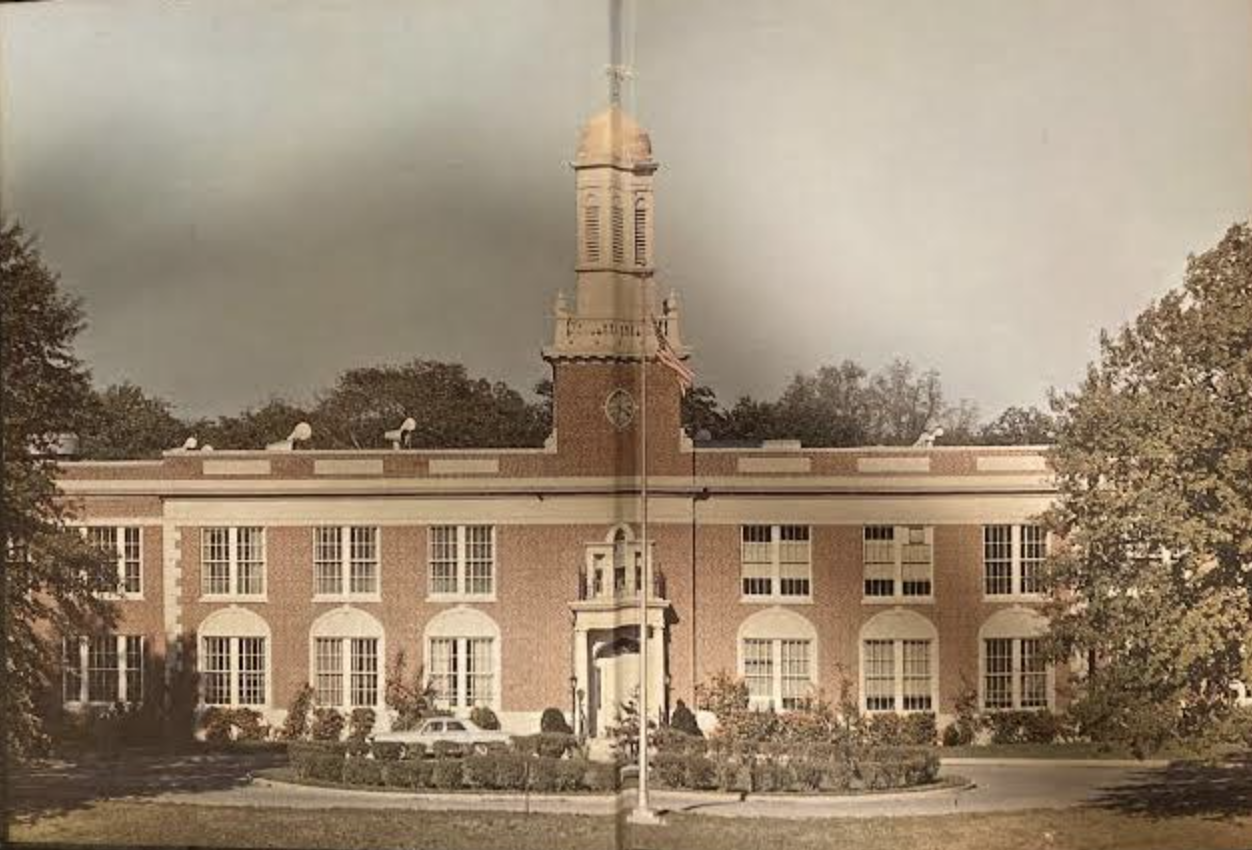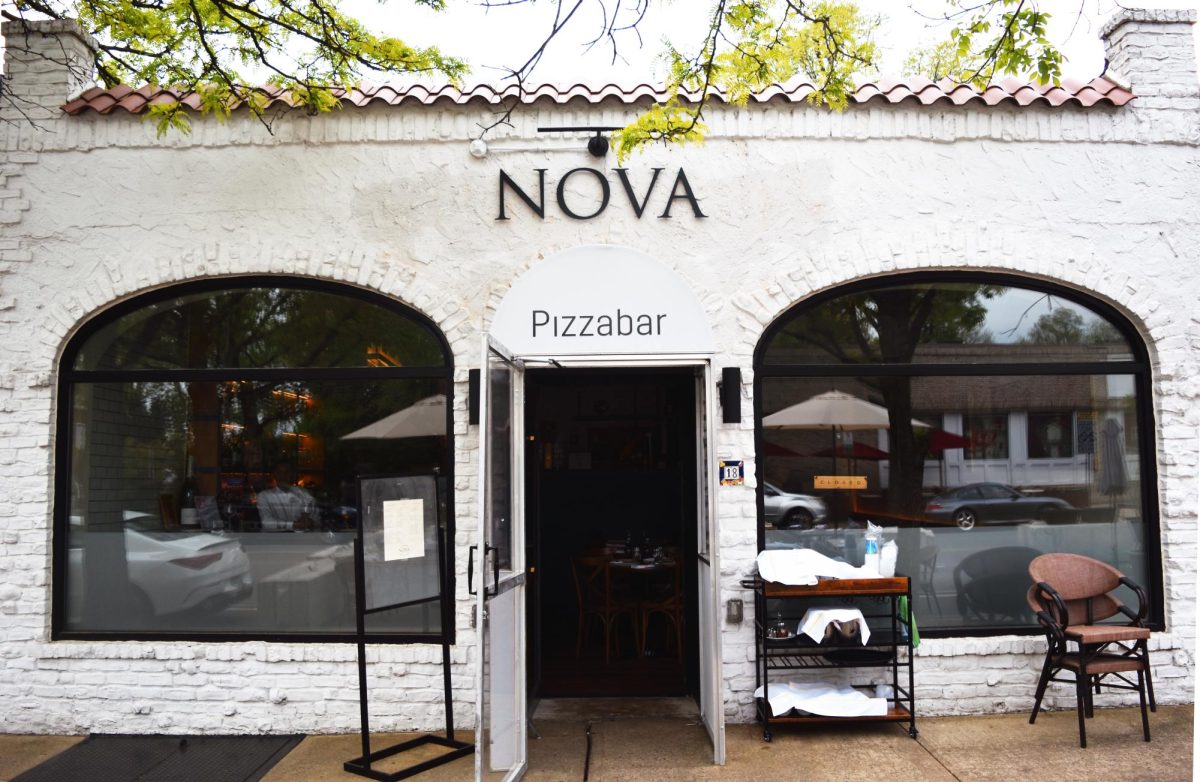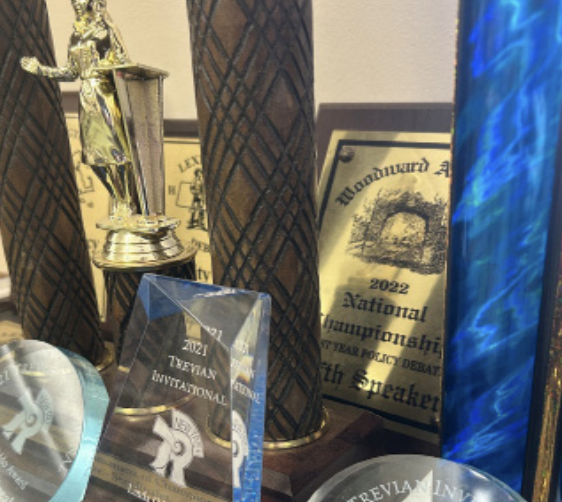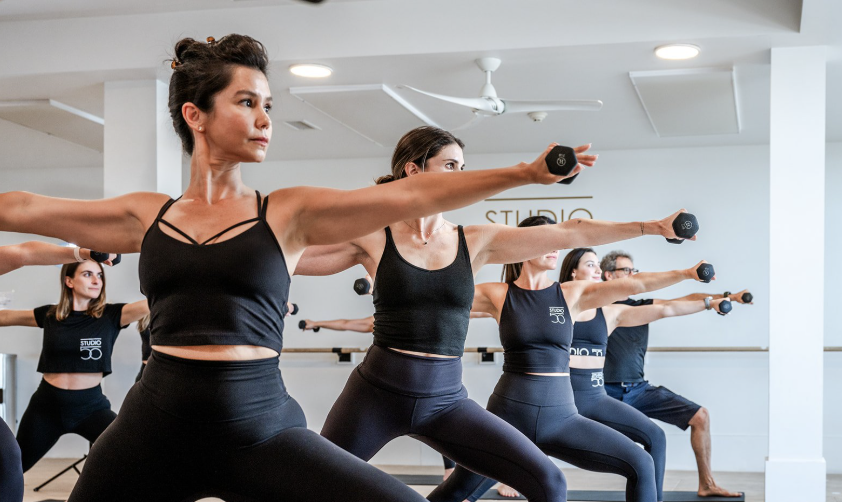Although many aspects of MHS have changed since its founding in 1928, certain aspects remain the same as the school nears its 100th-year anniversary.
Initially, the high school consisted of only the Palmer building, with the Post building housing the junior high. According to Thomas Webler (’66), originally, “the schools were not connected.” Baseball coach, admired PE teacher, and MHS alum Coach Mike Chiapparelli, or “Chap,” notes that “the Town Center was used as Central School [until] 1965,” sharing that he “went there [until] 4th grade.” Webler explains that Central School was then “built in Cargail Park, which [featured] baseball fields when [he] was a kid,” and the Town Center was reinstated as an annex to the high school. Despite these changes, Webler confirms that the area near the Palmer entrance has always been casually named the “globe.”
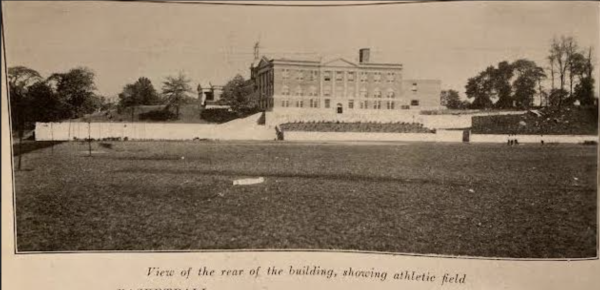
MHS alum Erin May also points out that while she attended the high school, “there was an A-wall, a B-wall, and a C-wall” where students congregated. She explains that “when you walk out of the Post entrance and go to the right, between that door and the next door, that was A-wall…If you walked out of the glass doors, to the left, the whole building ended there. There was a square there, and a big grassy patch, and there was a wall where people would play games…That was the B-wall area. C-wall was up by Palmer, near the senior parking lot.” Major renovations to the high school in the area of the science wing in the early 2000s eliminated some of these “walls.”
Currently, the lockers lining MHS’s walls are largely underused. However, May explains that “we used [the lockers] more than you guys do” because using “huge textbooks” made them necessary.
In regard to MHS’s academics, Coach Chap says that while he was a student at MHS, “automotive…Driver’s education…woodworking…graphic arts…sewing…[and] typing class[es]” were offered. He also notes that the “turf room was the rifle range,” where students “shot [0.22’s] in PE class.” As for experiential learning, local alum Allison Stahl recalls, “I went on a class trip to Russia in 1989 as part of my Russian History and Literature class. It was still fully communist and a truly amazing class and class trip.”
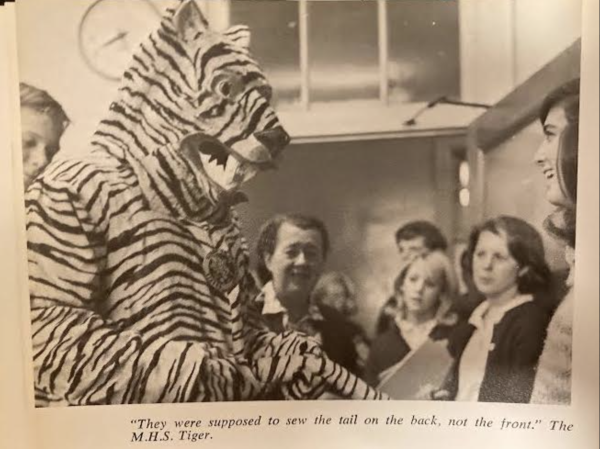
Similarly to the highschool’s academics, MHS’s social events have a long history. Dr. McClain (1942-1966) is praised in the 1966 edition of Mahiscan for abolishing MHS sororities and fraternities, although it is intriguing that such groups ever existed. The 1929 yearbook also highlights the “Senior High School police,” a student group dedicated to “[preserving] law and order” under the Police Commissioner.
Furthermore, the 1929 yearbook discusses the long-lived traditions of Junior Prom and the Senior Play. In addition to the annual proms, MHS math teacher and alum Theodore Hild explains that in the 90s, weekend parties typically took place at the “Cove,” a school-run dance club at Harbor Island. Co-Director of MHS’s production of Grease, Zack Autieri (’14) says that “the first major change since I attended MHS is actually the musical! Before 2015, the school musical was for seniors only- the very last senior show was Little Shop of Horrors during my senior year, in the Spring of 2014.” Last spring, the senior show returned to MHS with the production of High School Musical.
In terms of sports and school spirit, Hild recalls that “the pep rally was always attended by absolutely everyone.” Similarly to the MHS cheerleaders and the Force, MHS historically had a marching band and a pep performance group called the “Twirlers,” as well as archery, gymnastics, and intramural sports teams. Autieri also shares that “I don’t know if Powderpuff still happens, but that was a juniors vs. seniors girls flag football game in the Fall every year.” Hild notes that “there was a lot more rivalry between schools. Scarsdale was our arch-enemy in a lot of sports. We were indestructible in baseball.”
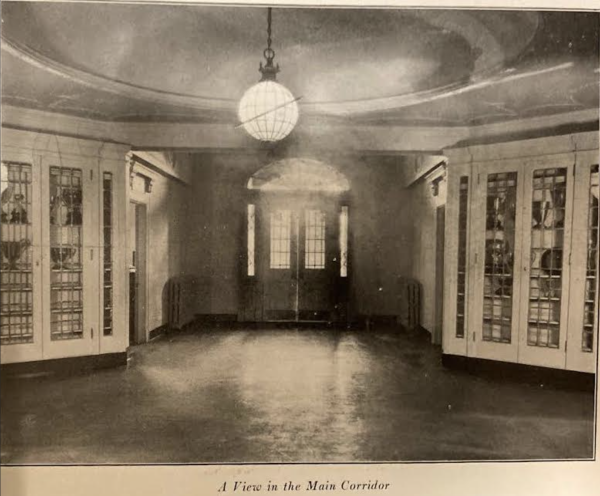
According to the 1966 edition of Mahiscan, the Globe’s historic precursor, the Record “augmented the paper’s treasury considerably…by selling pretzels at football and basketball games.”
The Varsity Athletes Against Substance Abuse (VAASA) organization also brought students together. According to Hild, “VAASA [members] would take a pledge not to drink alcohol or do drugs. We were meant to be leaders in peer pressuring not to do drugs or to drink. The athletes took it very seriously.”
MHS has undergone many changes. However, one question remains unanswered: what will change next?



